If you haven’t guessed by now, we love growing heirlooms here at Gardenerd HQ. This year we were excited to try growing fish peppers. Both the fruit and leaves offer visual interest in the garden with variegated, cream-striped green pods, and white-mottled leaves that look like a beautiful mistake. Fish peppers also have a history dating back to the 1800s, with African-American culinary roots tracing back to the 1940s. Hot white sauces made from these young fruits kick up the spice in many seafood dishes, hence the name ‘Fish’ pepper.
We started seeds from Baker Creek Heirloom Seed Company in early spring under grow lights indoors. We planted them out late (for Southern California) after harvesting our bed of winter wheat in late-May. After amending the soil with about an inch of compost, the plants went in and took off. The plants, admittedly, had been under grow lights for a long time, so they started flowering within a week of planting. Anxious little guys.
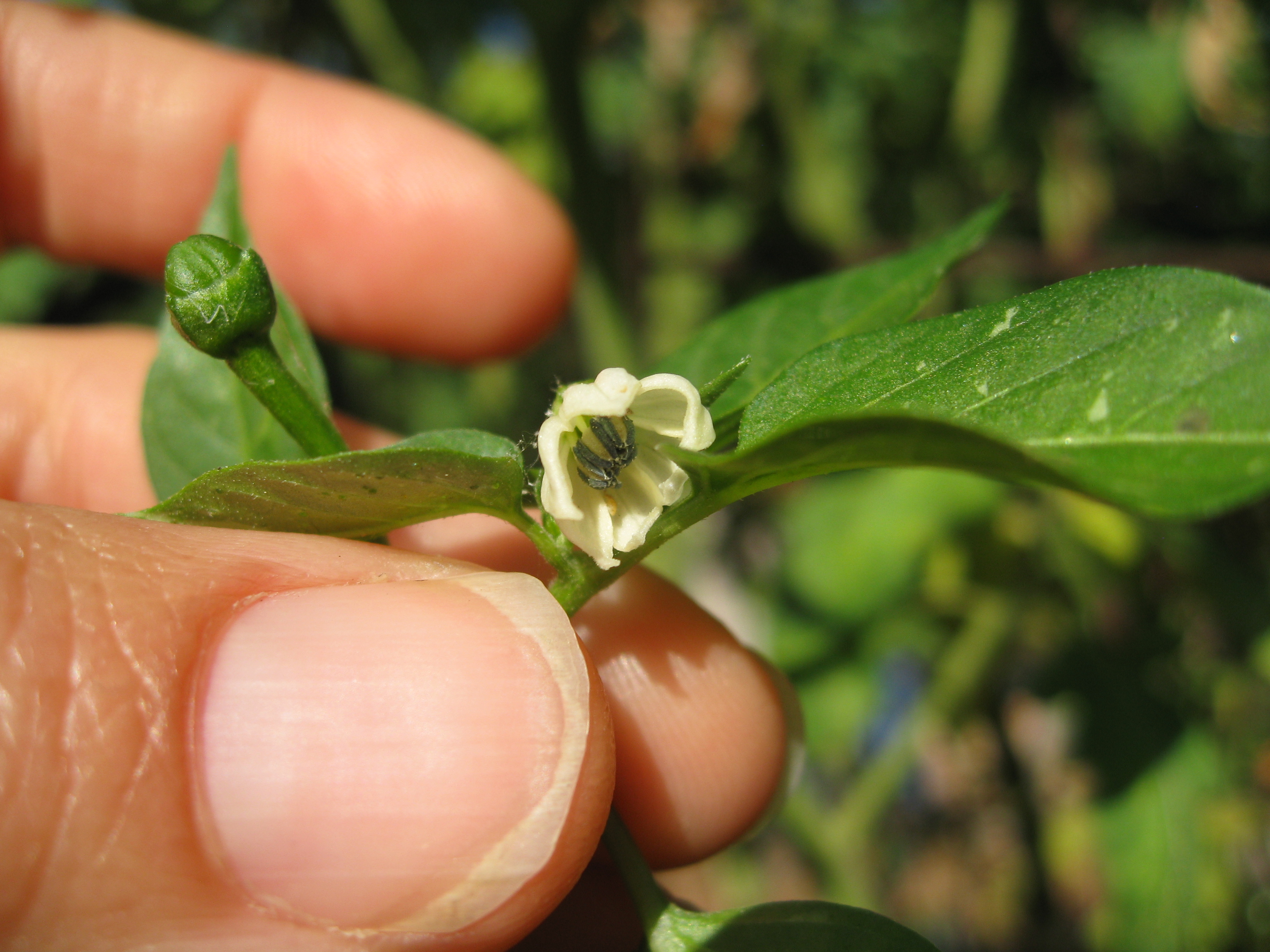
We were concerned that the lengthy time indoors might make them leggy and under-productive. We needn’t have worried. Plants grew to 2 feet tall and before long, leaves turned white/green and striped pods appeared in abundance.
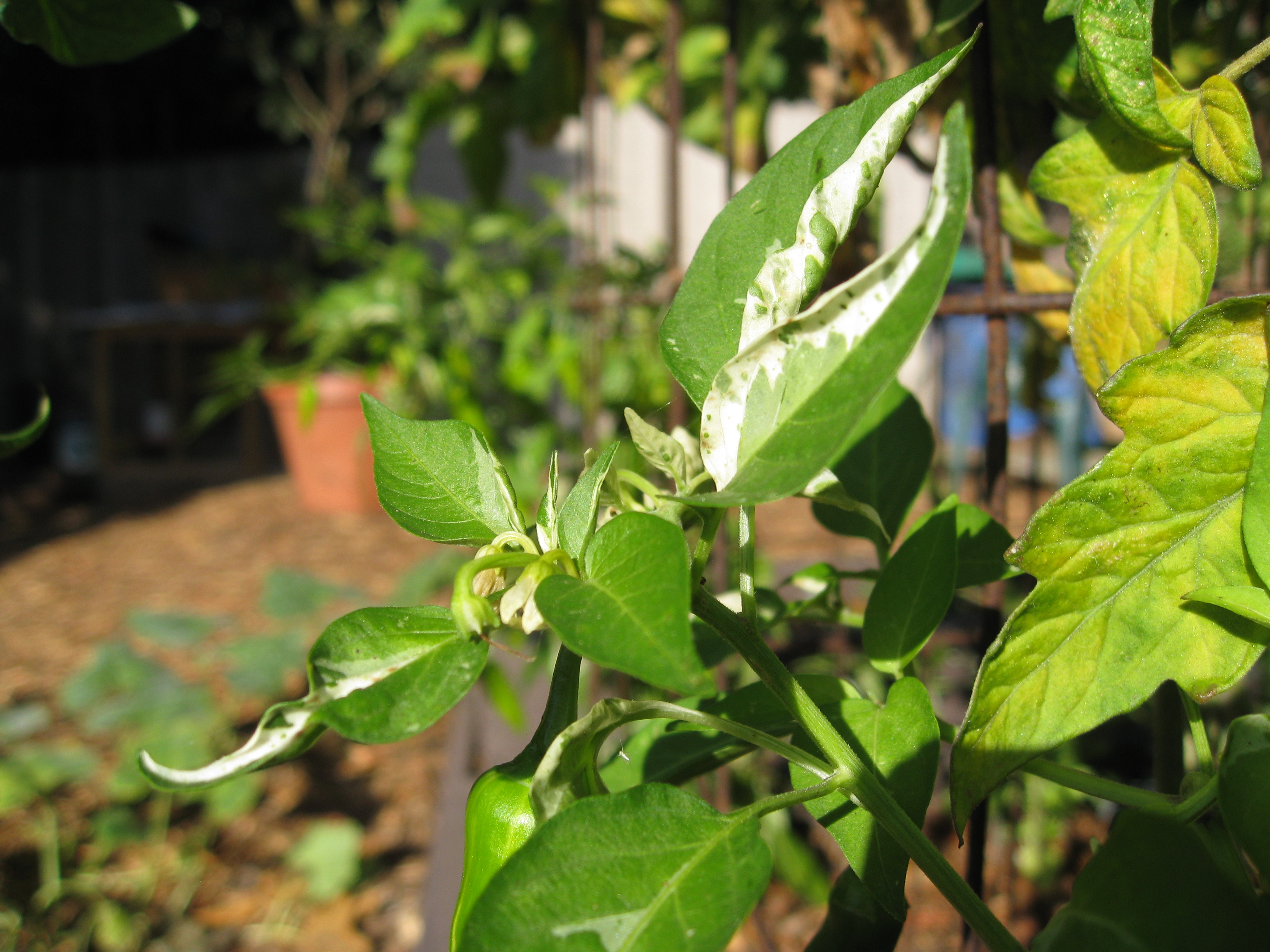
Mid-season, we added a layer of worm castings to fend off ants and aphids. That seemed to be all they needed to set tons of fruit. We watered them every 2-3 days (in raised beds, less often if planted in the ground).

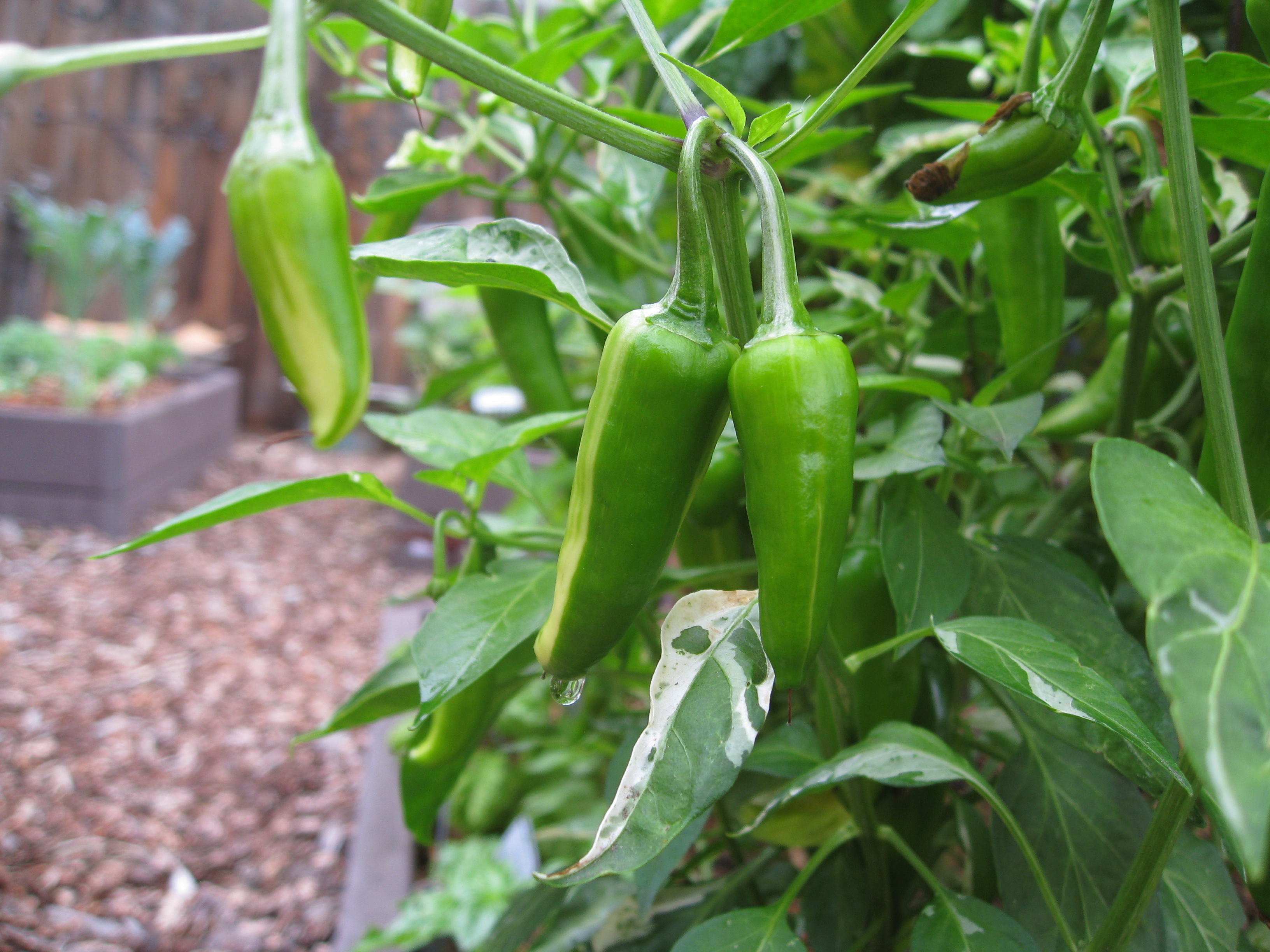
If left on the plant, the peppers will turn red. They are still edible at any stage, your sauce will just be a different color. We’ve been busy, and they’ve gotten ahead of us.
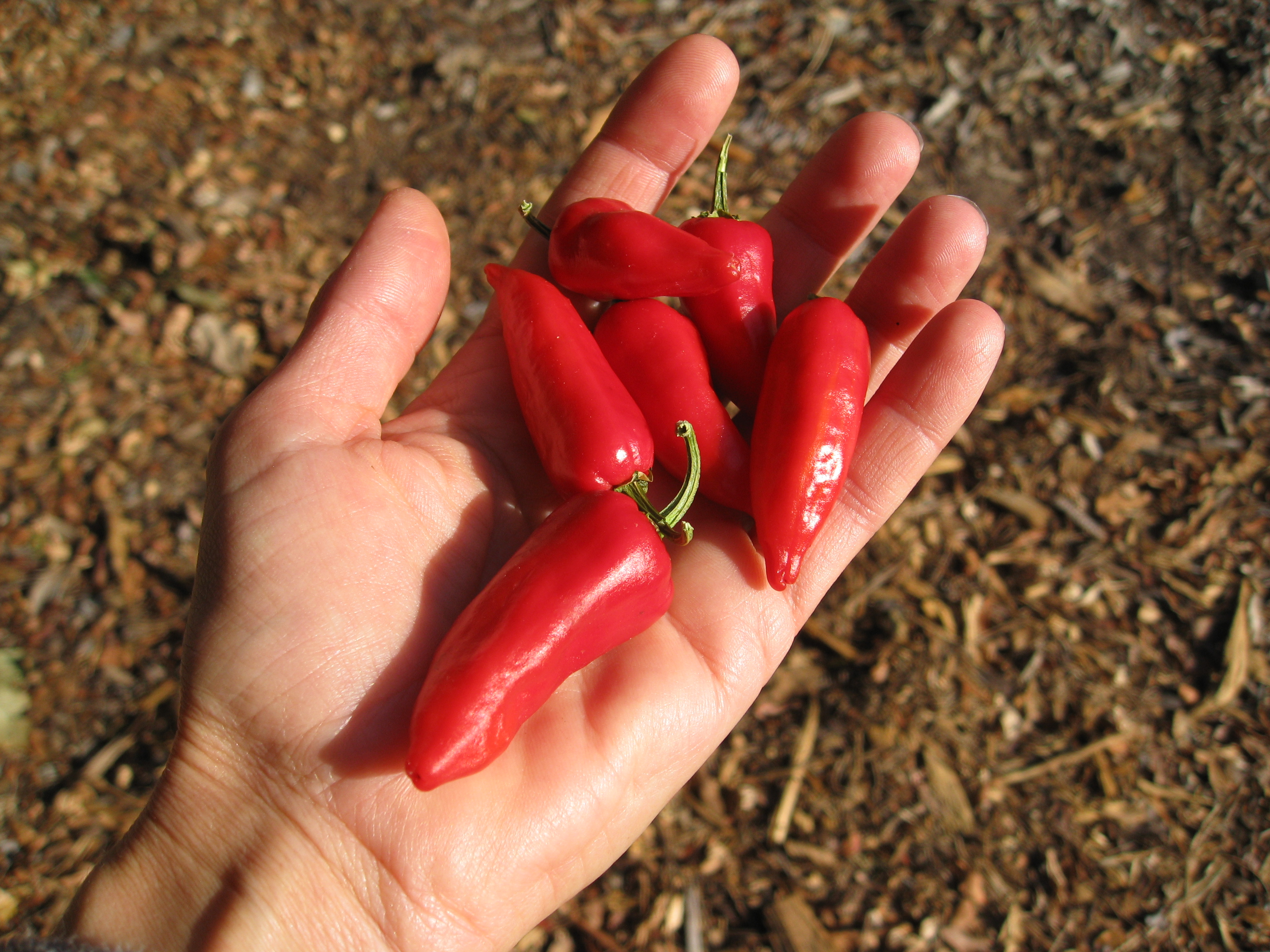
To harvest, just snip the stems or twist until they break off. They separate easily from the plant.
Now we’re up to our ears in fish peppers, and we don’t eat fish. What should we do? Mother Earth News offers this white fish pepper salsa recipe. Maybe that. Taking suggestions, so please post your favorite way to use fish peppers below.

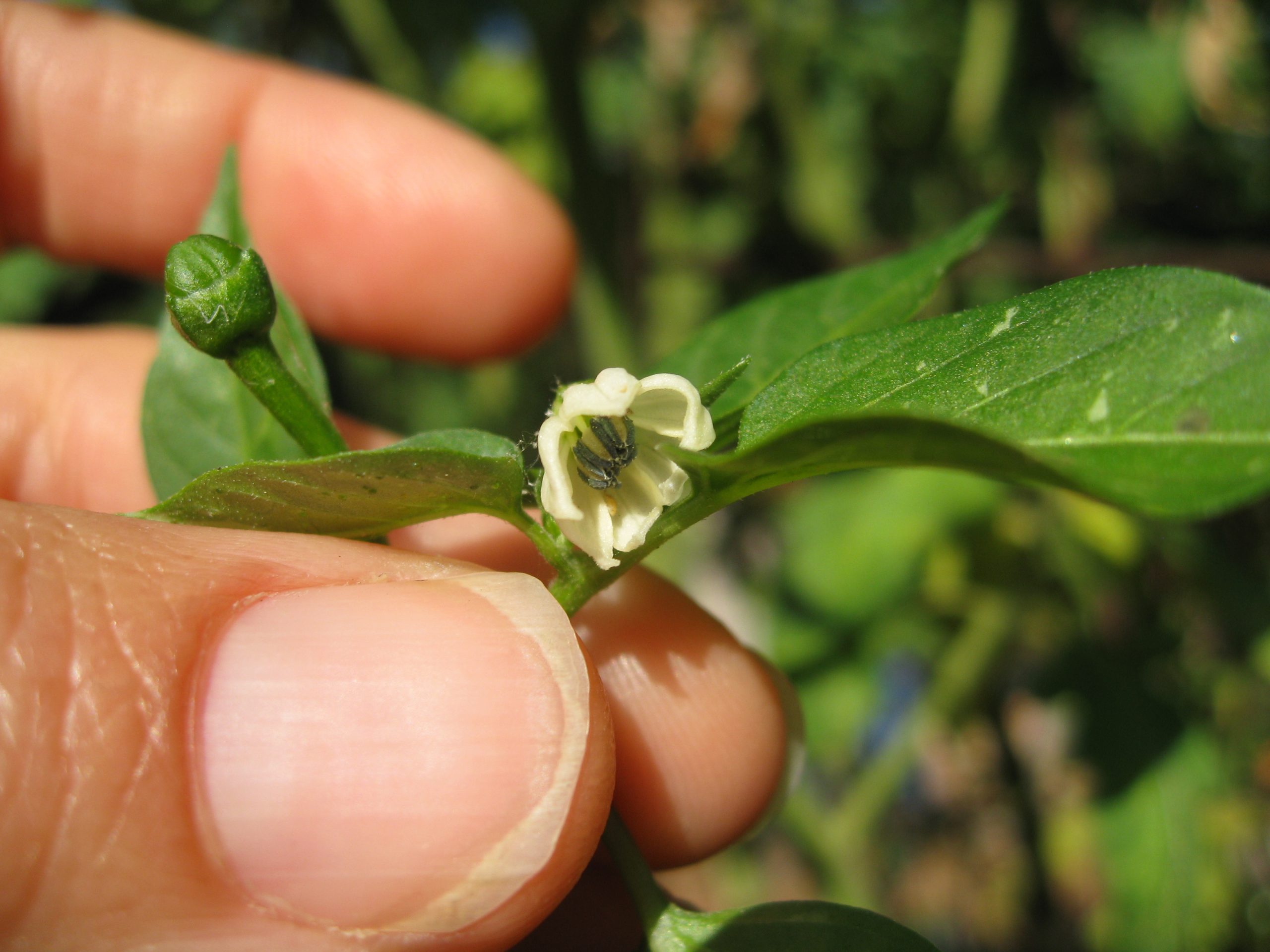

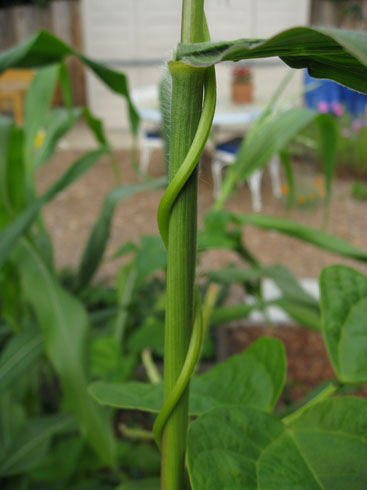
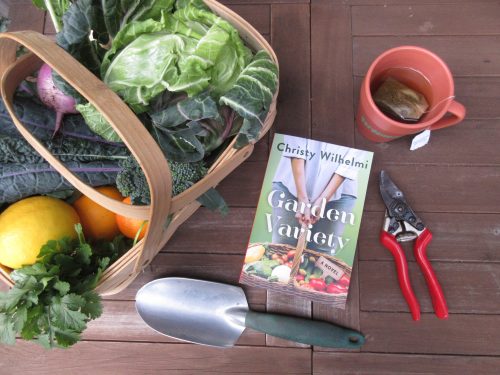
Pingback: YouTube: Homemade Cayenne Pepper Powder - Gardenerd
Pingback: Wordless Wednesday: Sunshine and Clouds - Gardenerd
I have planted seedlings that are now blooming profusely but the stems seem to have a black coating at the base of the blooms. Is this an infestation of some kind?
I’m a new gardener..
HI Barb, it’s hard to know without seeing a photo. Doesn’t sound familiar from the description. You can send a photo to askgardenerd at gardenerd dot com and we’ll take a look.
More than likely ants! Aphids is why the ants!
How do you prune Fish pepper plants?
Thanks
You can pinch the center stem above a new set of leaves (as you would basil) to create branching and a more bushy plant. You can also cut off any dead stems without worrying about harming the remaining plant.
I am growing fish peppers this year for the first time also from Baker Creek. My plant is absolutely stunning and has many buds on it, but the buds will not open. A few have died and fallen off. No other signs of stress to the plant. Any ideas how to encourage them to open? In Texas, it has been hot, but not abnormally hot. We have had more rain than usual, but it has been good and saved on my water bill. All my other peppers are doing fabulous and producing, but the fish pepper is the one I have been holding my breath on because I am dying to taste one! Unfortunately, it is the only one that hasn’t produced a single pepper.
Hi Chris, Sorry to hear that your buds are falling off your pepper plant. Blossom drop does occur on members of the solanaceae family if temperatures rise above 90 degrees F. If that’s not the case, then you might want to give it some extra phosphorus and potassium (we like seabird guano and kelp meal). Those are the nutrients responsible for fruiting and flowering (and overall vigor). It may be that this one plant is stressed in some other way (girdled roots, competition from other plants, etc). Give it a boost and see if that doesn’t help.
Not even trying to highjack your comment but I am in the same boat near Fort Worth and wondered if I should move them to more shade with this heat. They are in whiskey 1/2 barrels.
Rather than moving them this late in the season, I’d try shade cloth if the other solutions posted above don’t seem like the right option.
Mine in a slightly shadier area took a super long time to set fruit this season and only now do I see peppers. Until then there was quite a bit of blossom drop.I suspect the sun is very important to fish peppers. I wanted these to fruit desperately because they’re the only ones who are isolated enough for me to collect seed.
Hi there,
I love your website as I am an avid LA gardener! I’m curious if you have any tips on peppers. My peppers start very well, looking green lush and healthy overall. Then the fruit starts setting and as the fruit starts getting color, the leaves start looking pretty tired and by the time the fruit is ready to pick the plant looks pretty bad. Can I prune it at that point in a certain way to “reboot’ it? I would like to have pepper plants that last for years and turn into larger bushes. Am I being unrealistic and do your plants have a similar cycle as mine? Thanks!
Hi Julie,
To be honest, my peppers go through the same process as the season wears on. Peppers are heavy feeders. They keep producing even though their leaves may yellow a bit, but a little extra compost and worm castings will help them along their way. Nitrogen is responsible for green leafy growth, and when peppers shift energy toward forming fruit, the leaves tend to suffer if there isn’t enough food in the soil. Worm castings have 10 times the nitrogen as compost, so that’s my first approach. You can add organic veggie fertilizer mid-way through the season if you like, be we stick with compost, worm castings and compost tea. They also need more water than tomatoes do, so give them a good soak after fertilizing and you should see improvement.
Would love to get any fish pepper sauce recipes that anyone has. Thanks in advance.
I have searched and haven’t been able to find anything other than a salsa recipe, but that’s not the traditional recipe you’re looking for. I wonder if Michael Twitty has come across it in his writing (author of The Cooking Gene).
Hit it with a nitrogen rich fertilizer! Since the peppers are gone it needs a little help! If you’re overwintering don’t do anything yet!